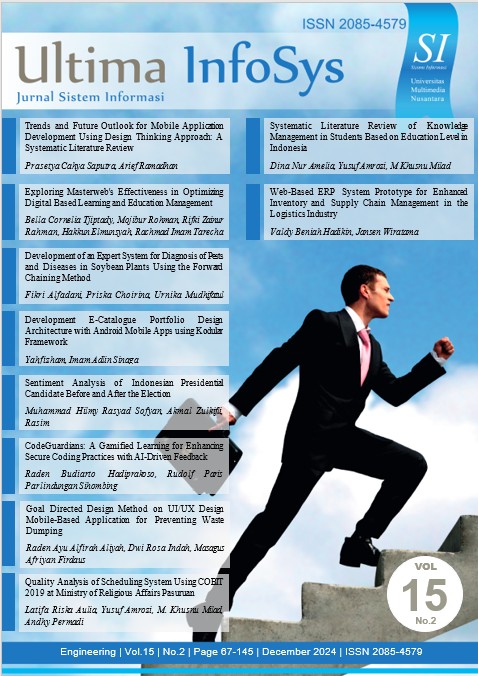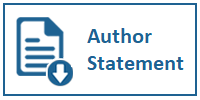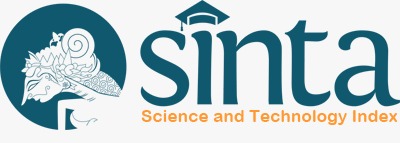Quality Analysis of Scheduling System Using COBIT 2019 at Ministry of Religious Affairs Pasuruan
DOI:
https://doi.org/10.31937/si.v15i2.3800Abstract
This study aims to measure the quality scheduling information system (SIP KEMENAG) of Ministry of Religious Affairs (MORA) in Pasuruan Regency. In this study, the author used a combination or mixed methods research with a sequential explanatory model. The combination research method with a sequential explanatory model is characterized by the collection and analysis of quantitative data in the initial stage, followed by qualitative data explanation in the next stage. The website quality analysis process using COBIT 2019 produced an average maturity score: BAI3 (4.14), BAI4 (4.34), and DSS5 (4.32). After averaging, the SIP KEMENAG application is at level 4 (quantitatively managed) in the capability maturity model integration. This shows that the application has adopted an approach based on data and numbers to plan, measure, and control the performance of the application process. The desired value is level 5 (optimizing), with a gap of 0.73. After the quantitative data is found, in-depth information mining or interviews will be carried out using qualitative methods.
Downloads
Downloads
Published
How to Cite
Issue
Section
License
Authors retain copyright and grant the journal right of first publication with the work simultaneously licensed under a Creative Commons Attribution-ShareAlike International License (CC-BY-SA 4.0) that allows others to share the work with an acknowledgement of the work's authorship and initial publication in this journal.
Authors are able to enter into separate, additional contractual arrangements for the non-exclusive distribution of the journal's published version of the work (e.g., post it to an institutional repository or publish it in a book), with an acknowledgement of its initial publication in this journal.
Copyright without Restrictions
The journal allows the author(s) to hold the copyright without restrictions and will retain publishing rights without restrictions.
The submitted papers are assumed to contain no proprietary material unprotected by patent or patent application; responsibility for technical content and for protection of proprietary material rests solely with the author(s) and their organizations and is not the responsibility of the ULTIMA InfoSys or its Editorial Staff. The main (first/corresponding) author is responsible for ensuring that the article has been seen and approved by all the other authors. It is the responsibility of the author to obtain all necessary copyright release permissions for the use of any copyrighted materials in the manuscript prior to the submission.















